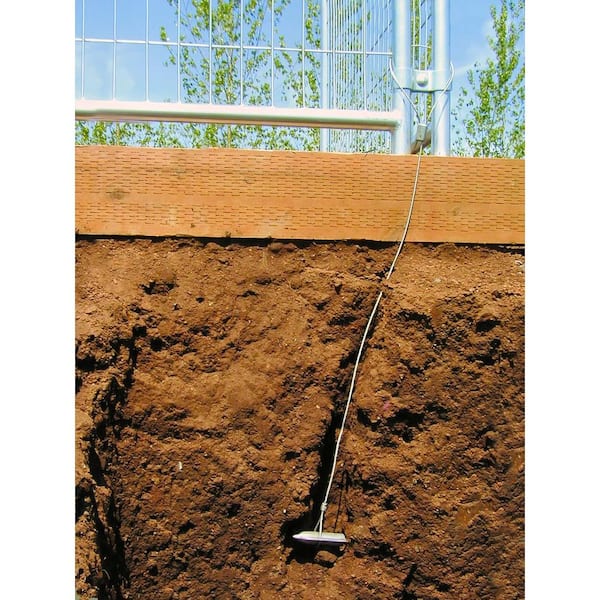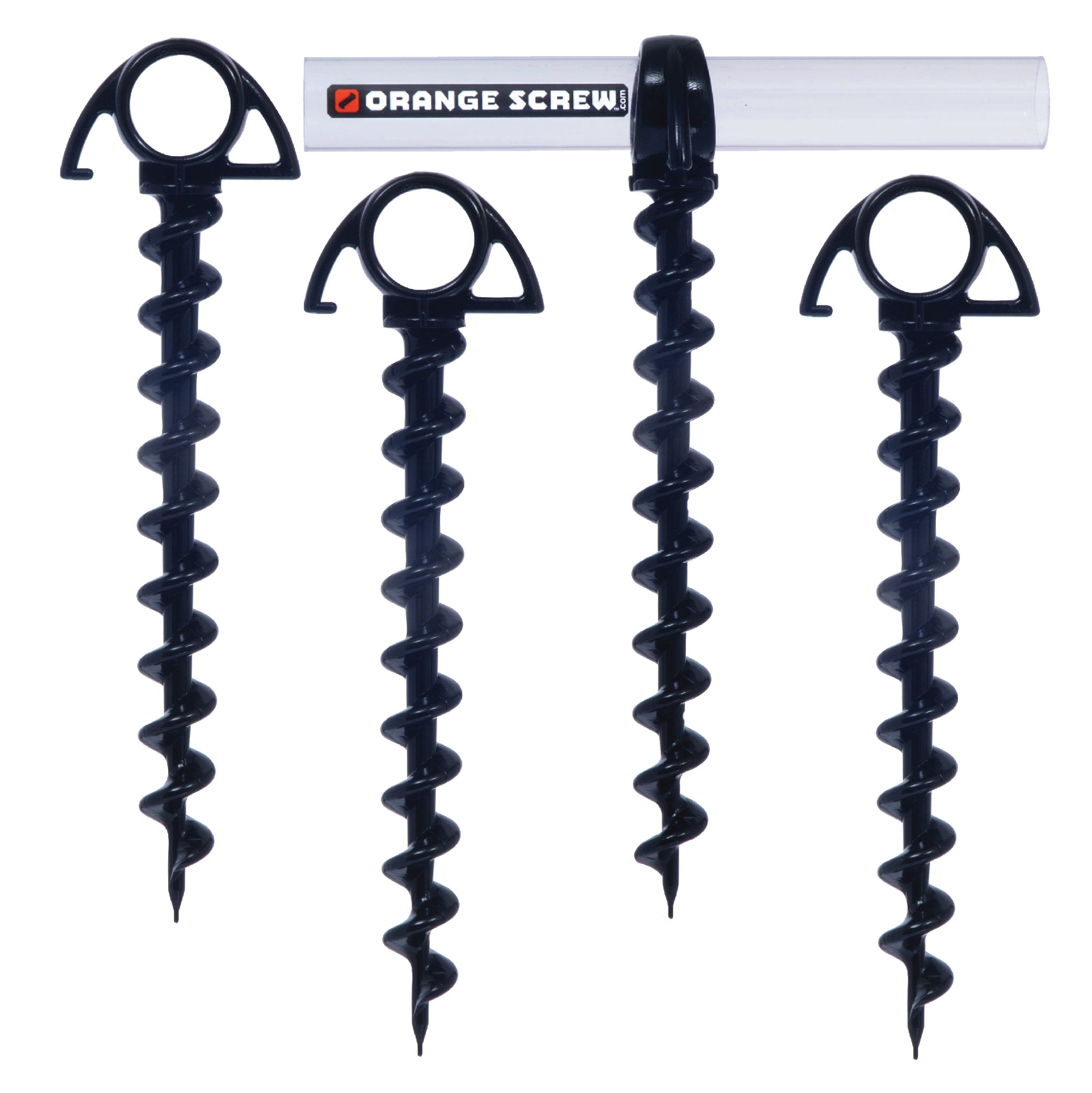The Engineering of a Robust Ground Anchor System
The Engineering of a Robust Ground Anchor System
Blog Article
Understand Why Ground Support Is Vital for Safety And Security and Durability
Ground anchors are an essential component in construction, offering critical assistance and stability for various structures. Comprehending the various types and applications of ground anchors can illuminate their indispensable role in making certain safety and resilience.
Duty of Ground Supports in Building And Construction
Ground supports play a pivotal duty in construction by giving crucial assistance and stability to structures. These gadgets are made to move loads from a framework to the ground, ensuring that structures and other facilities continue to be safe under numerous problems. Ground anchors are particularly important in scenarios where dirt problems are unsteady or where there is a risk of side motion, such as on slopes or near bodies of water.
The installation of ground supports involves exploration into the earth to reach steady dirt or bedrock, where the anchors can be safely anchored. This process not just enhances the structural integrity of a task but likewise mitigates the risks related to dirt disintegration and changing. Additionally, ground supports can be utilized in short-lived structures, such as construction sites, where they offer necessary stablizing during the building process.
Ground supports likewise add to the long life and sturdiness of frameworks by lowering the possibility of settlement and failure. Ground Anchor. By efficiently dispersing and managing loads, these vital elements are crucial in preserving security criteria and making sure the integrity of numerous building projects. In general, the importance of ground anchors in building can not be overemphasized, as they are integral to effective engineering techniques
Types of Ground Anchors


While various types of ground anchors exist, each serves particular applications and conditions within construction projects. One of the most usual types consist of mechanical supports, grouted supports, and driven supports.
Mechanical anchors, such as growth supports, use a mechanical action to secure the support within the substrate - Ground Anchor. These are often employed in light-weight applications, like securing components to masonry or concrete
Grouted supports, on the various other hand, include drilling an opening, positioning a steel pole or cable television, and after that loading the annular area with grout. This technique is appropriate for high-load scenarios, supplying boosted stability and resistance to vibrant pressures usually discovered in hefty building and construction.
Driven supports are usually mounted by driving a steel pole or pipe into the ground, making them appropriate for momentary applications such as safeguarding scaffolding or formwork. They fast to set up and can be eliminated easily when no more needed.
Various other customized anchoring systems consist of helical anchors, which are screw-like gadgets made use of in various dirt conditions, and deadman supports, which rely upon the weight of a hidden item to offer security. Each sort of ground anchor is made to satisfy certain design requirements, making certain safety and architectural honesty.
Benefits of Making Use Of Ground Supports
The advantages of using ground anchors in building and construction projects are significant, boosting both security and structural performance. Ground supports supply essential resistance versus side pressures, such as soil activity, wind lots, and seismic task. This resistance helps preserve the security of structures, preventing potential failures that might lead to costly my sources repair work or unsafe scenarios.
Moreover, ground supports promote the effective transfer of lots from structures to the bordering soil, making certain a balanced distribution of weight. This load transfer decreases the risk of changing or settling, which can endanger the stability of a structure gradually. By using ground supports, designers can additionally produce extra reliable styles, as they enable slimmer structural elements while preserving security criteria.
Furthermore, ground anchors are flexible and versatile to various dirt conditions and job requirements. Their installment can usually be finished swiftly and with very little interruption to the surrounding atmosphere, making them a reliable option for lots of this website construction applications. Inevitably, using ground anchors improves not just the longevity of frameworks however likewise adds to a much safer working atmosphere for construction employees and future owners.
Typical Applications and Uses
Many building jobs leverage ground supports for their performance in enhancing stability and safety. These flexible parts are commonly used in different applications across the construction and civil design sectors. One widespread application is in retaining wall surfaces, where ground supports supply the required support to prevent dirt motion and keep structural integrity.
Additionally, ground supports are crucial in protecting short-lived structures, such as scaffolding and shoring systems, ensuring they continue to be stable during building and construction tasks. In the realm of foundation assistance, they are used to strengthen existing frameworks, specifically in locations prone to ground settlement or shifting dirt problems.
Ground anchors also discover substantial usage in incline stabilization jobs, where they help minimize landslide risks by securing the dirt to stable rock formations. One more substantial application remains in the installation of wind generators, where they secure the base against lateral forces produced by wind, making sure operational security and longevity.
Additionally, ground supports are utilized in tunneling tasks to support the bordering ground during excavation. Their diverse applications underscore the critical function ground anchors play in keeping safety and durability in numerous building circumstances.
Installation Best Practices
Successful application of ground anchors in numerous building and construction jobs find pivots on effective setup methods. Correct setup is important to make sure the supports fulfill their desired function and maintain structural integrity with time. Trick best techniques include thorough site analysis, which includes examining soil problems, load demands, and environmental variables that might influence support efficiency.
Prior to setup, it is vital to choose the appropriate sort of ground support based upon the specific application and dirt attributes. Utilizing top quality materials and sticking to producer requirements will enhance the support's resilience and effectiveness. During installation, guarantee that the anchor is positioned at the correct angle and deepness, as these elements significantly affect load-bearing capability.
Additionally, making use of appropriate tools and strategies is crucial, including exploration or driving methods tailored to the website problems. After installation, performing tons testing can validate the anchor's efficiency and determine any type of possible issues early. Normal inspections are likewise suggested to check the problem of the supports and surrounding soil. By following these installation best specialists, designers and methods can boost the safety and security and durability of structures reliant on ground supports.

Final Thought
In summary, ground anchors are crucial components in construction, considerably improving safety and sturdiness. Their capacity to move tons efficiently reduces dangers related to unpredictable dirt and lateral activities. The varied kinds and benefits of ground anchors, coupled with their wide-ranging applications, highlight their importance in both momentary and irreversible frameworks. Adhering to setup best methods guarantees ideal efficiency, therefore adding to the overall honesty and longevity of construction tasks.
The installation of ground anchors includes drilling right into the planet to reach stable soil or bedrock, where the supports can be safely secured.The advantages of making use of ground supports in construction jobs are substantial, improving both safety and architectural performance.Numerous building and construction jobs utilize ground supports for their efficiency in boosting stability and security.Successful application of ground anchors in different building and construction jobs hinges on effective installment techniques.In summary, ground anchors are essential parts in building and construction, significantly improving safety and durability.
Report this page